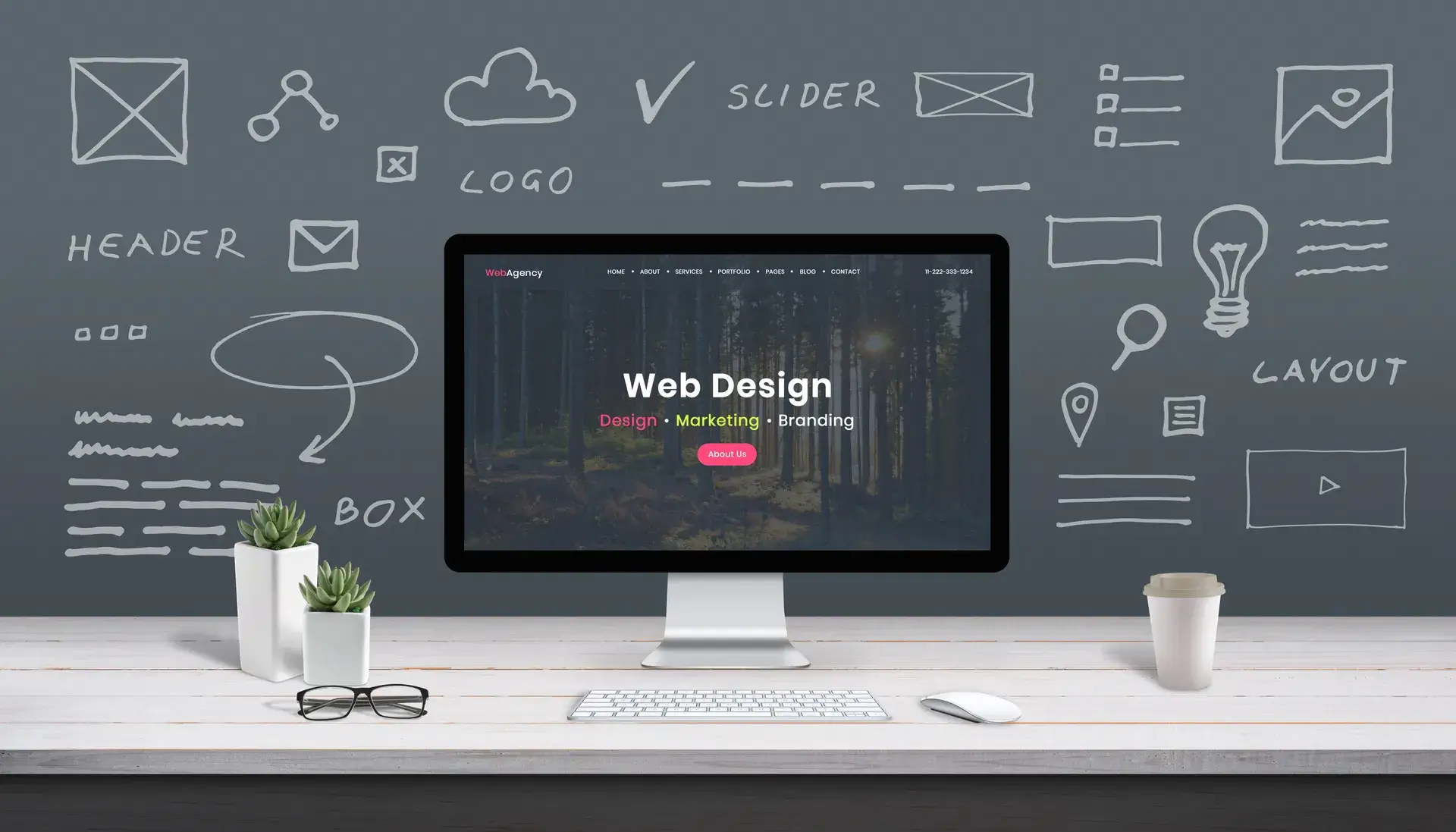In today's digital landscape, a friendly web design is essential for attracting and keeping visitors on your site. A user-centric design focuses on the needs and preferences of users, making it easy for them to navigate and engage with your content. In this article, we’ll explore the key principles of friendly web design, why it matters, and actionable tips to enhance the user experience on your website.
What is Friendly Web Design?
Friendly web design refers to creating websites that prioritize user experience. This approach involves understanding the target audience, simplifying navigation, and ensuring accessibility. A friendly web design translates to happier users, which often results in increased engagement and conversions.
Why is Friendly Web Design Important?
Understanding the importance of friendly web design can significantly impact your website’s performance. Here are some key reasons:
- Improves User Engagement: A well-structured site with intuitive navigation keeps users exploring, reducing bounce rates.
- Enhances Conversions: Users are more likely to take desired actions, such as signing up or making a purchase, on a site that is easy to use.
- Boosts SEO Rankings: Search engines favor websites with a good user experience, which can improve your visibility and organic traffic.
Key Principles of Friendly Web Design
To create a friendly web design, consider the following principles:
1. Simplicity
A clutter-free layout helps users focus on essential elements without distractions. Limit choices to guide users to make decisions easily.
2. Consistency
Maintain a consistent design across all pages. Use the same colors, fonts, and styles to create a cohesive experience that allows users to navigate easily.
3. Responsive Design
With the increasing use of mobile devices, a responsive design that adjusts to different screen sizes is crucial for providing a positive user experience.
4. Intuitive Navigation
Ensure that your navigation menu is clear and straightforward. Users should be able to find what they're looking for within a few clicks.
5. Accessibility
Design your site to be accessible to all users, including those with disabilities. Use alt text for images and ensure that your site can be navigated using a keyboard.
Tips for Implementing Friendly Web Design
Here are actionable tips to help you implement friendly web design:
- Conduct User Research: Gather feedback from actual users to understand their needs and preferences, allowing you to design with them in mind.
- Focus on Load Times: Optimize images and leverage efficient coding practices to ensure fast loading times, as slow sites can frustrate users.
- Utilize White Space: Effective use of white space can enhance readability and make your content more approachable.
Conclusion
Friendly web design is about creating a welcoming and user-centric online experience. By implementing the principles of simplicity, consistency, responsiveness, intuitive navigation, and accessibility, you can significantly enhance the user experience on your website. At Prebo Digital, we specialize in developing friendly web designs tailored to meet your business’s specific needs. Let us help you create a website that not only attracts visitors but also converts them into loyal customers. Contact us today for a consultation!














